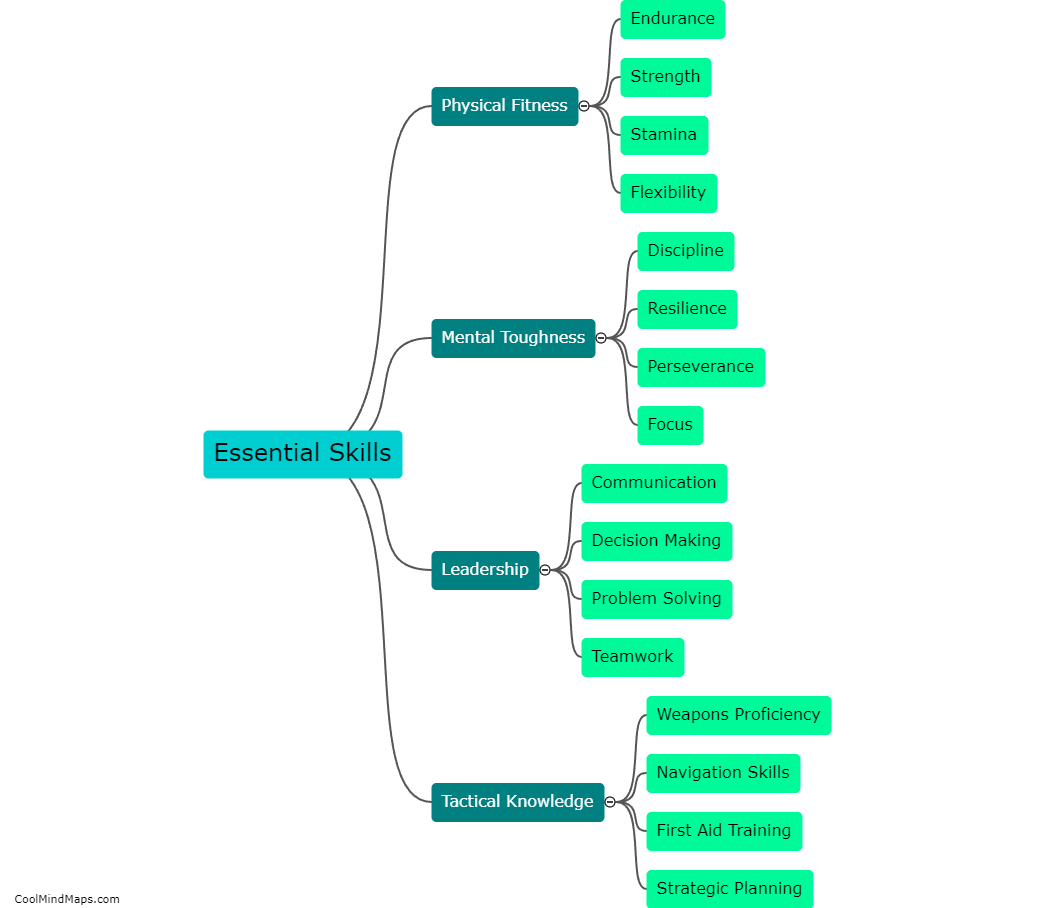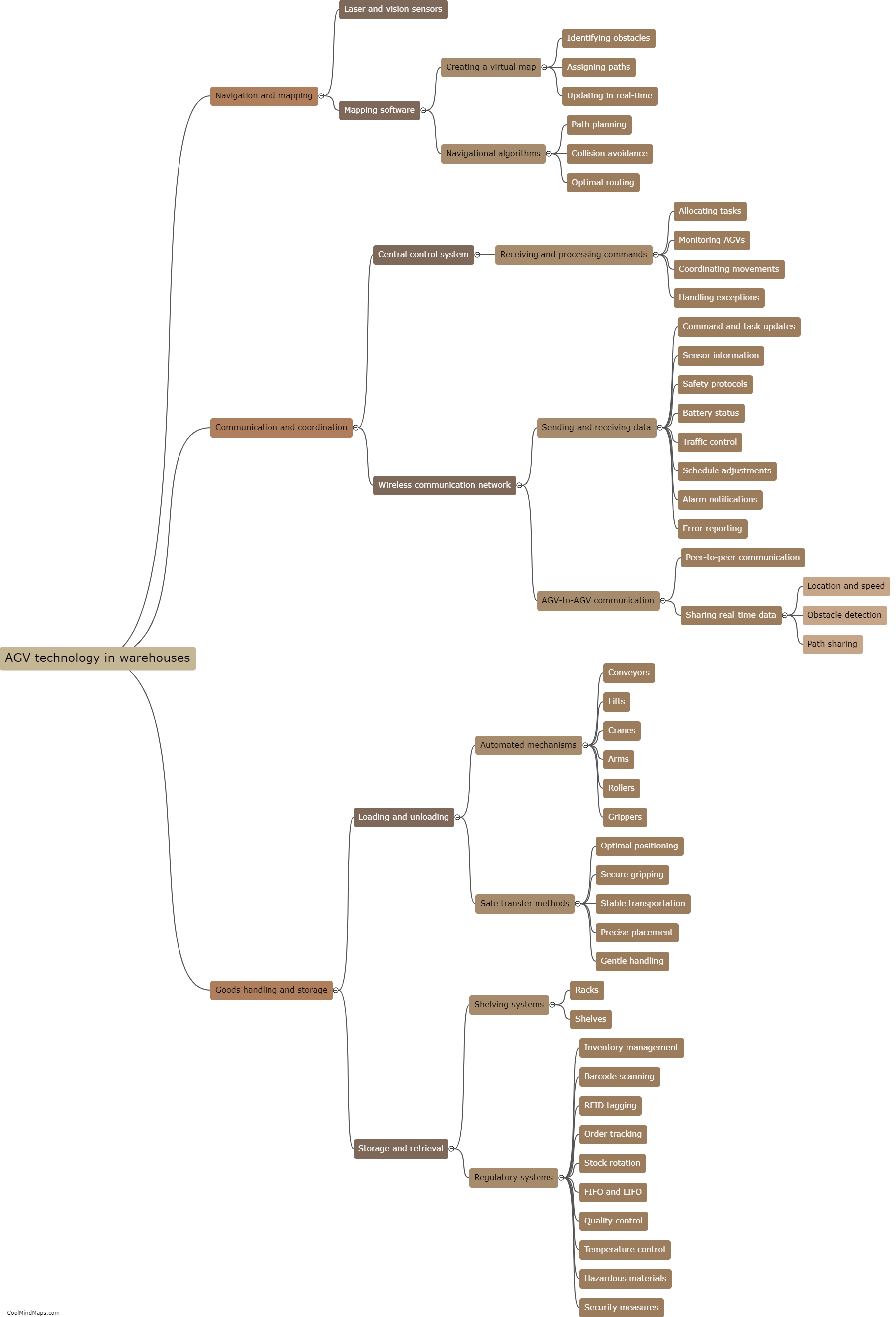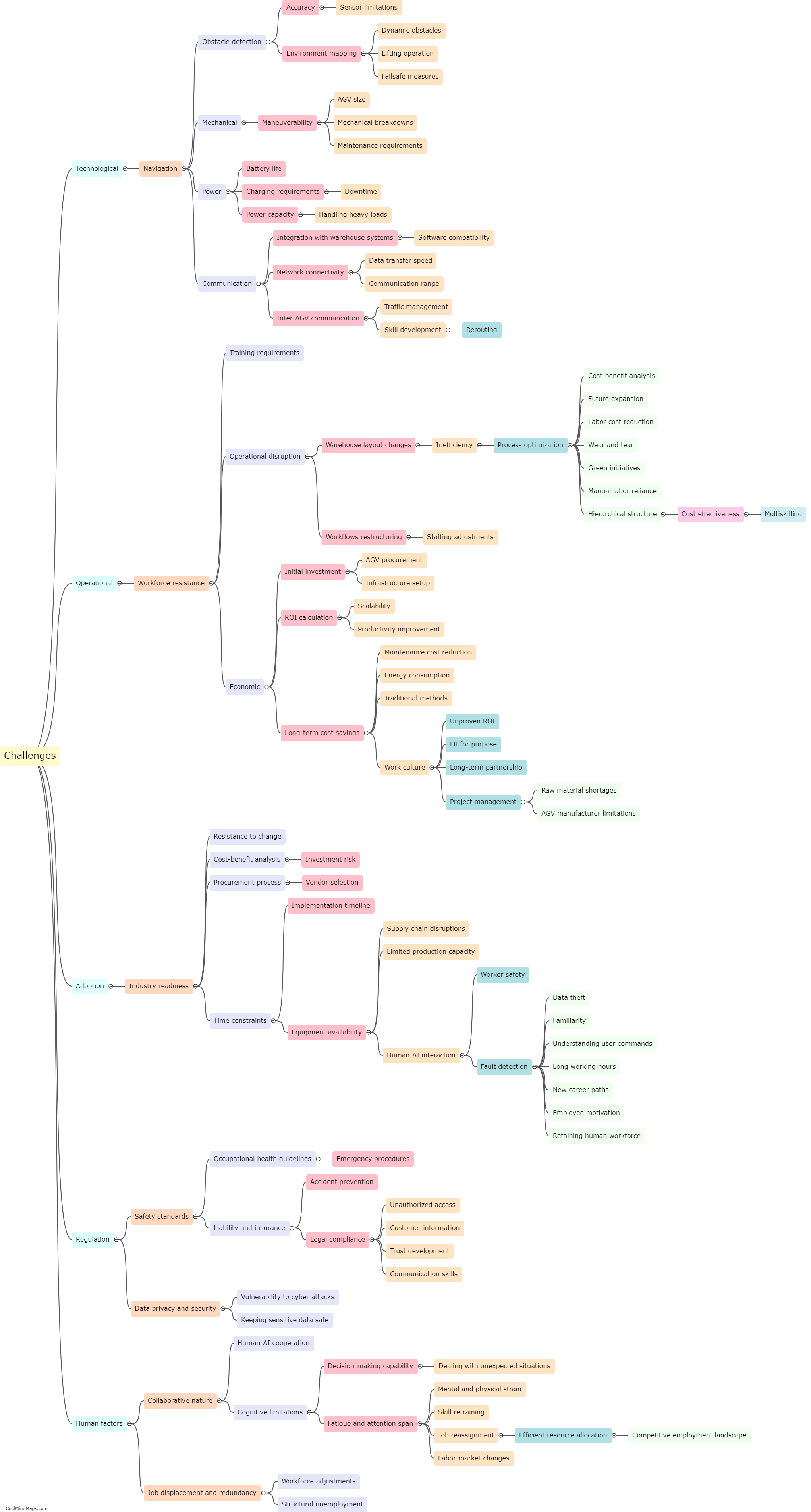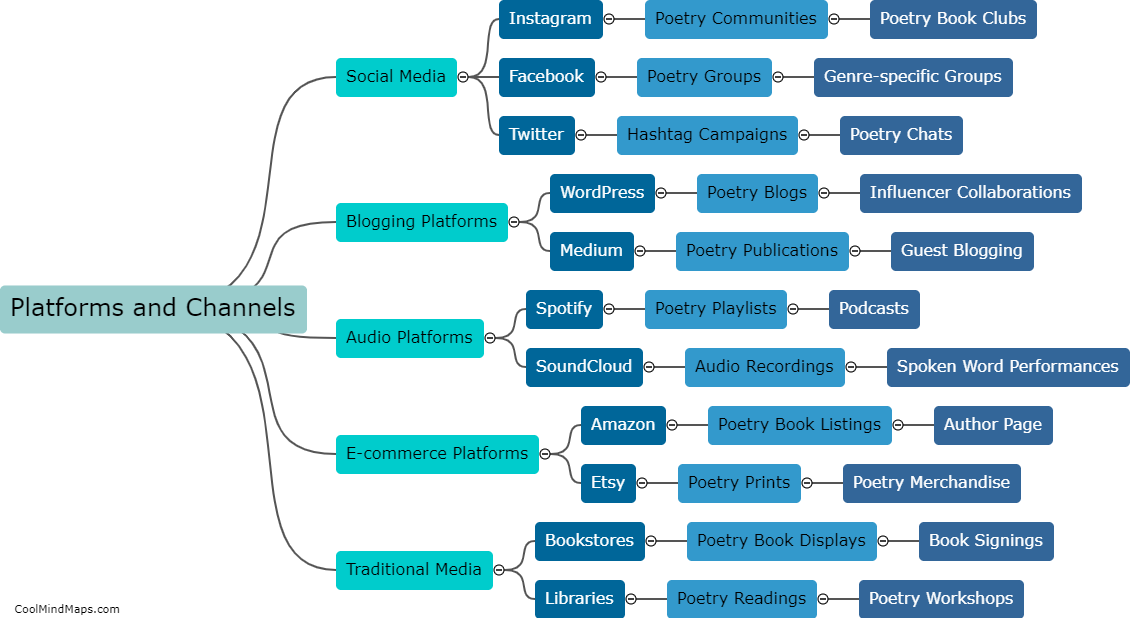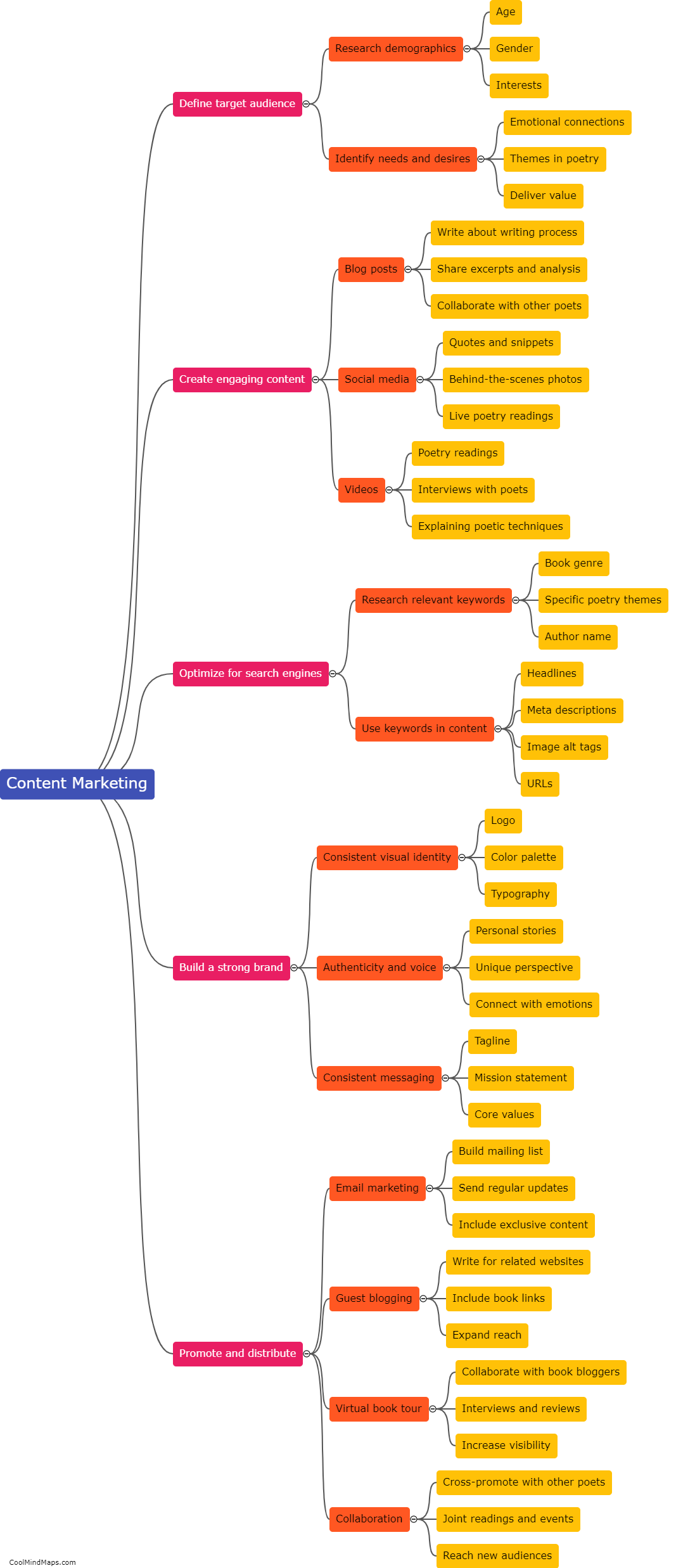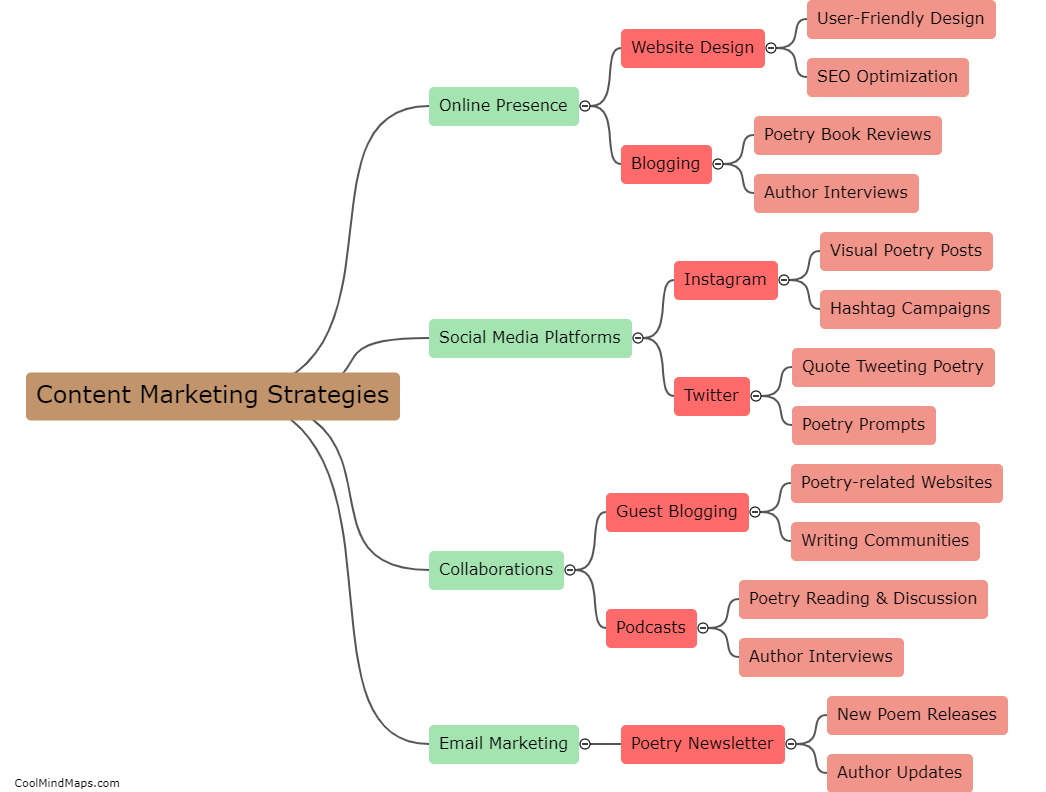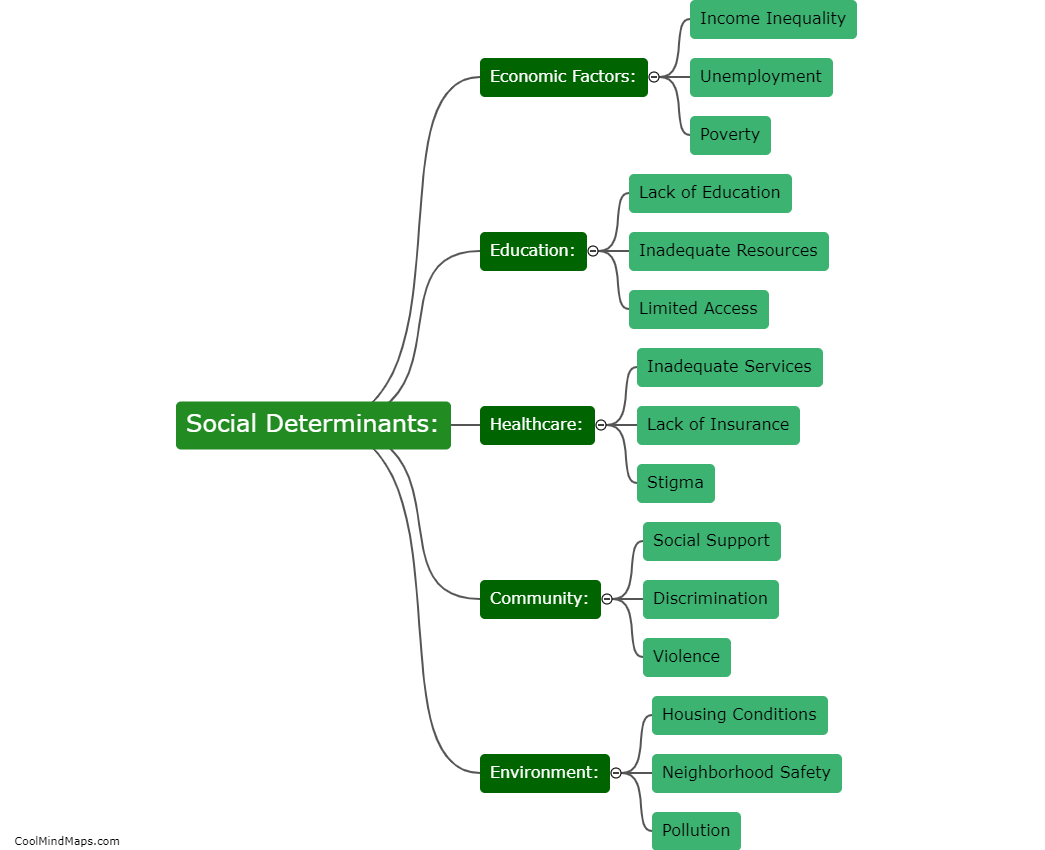How does an airplane fly?
An airplane flies by utilizing the principles of aerodynamics. It is designed in such a way that the shape of its wings and the movement of the air around them creates lift, the force that opposes gravity. When an airplane moves through the air, the shape of its wings, known as airfoils, creates a pressure difference. The curved upper surface of an airfoil is longer than the flat bottom, causing air to move faster over the top, creating low-pressure area, while the bottom has high pressure. This pressure difference generates lift, pulling the airplane upward. Additionally, engines provide the necessary thrust to propel the aircraft forward, overcoming the drag forces. By controlling these forces, adjusting flaps and slats, and manipulating the angle of attack, pilots can maneuver the airplane and maintain steady flight.
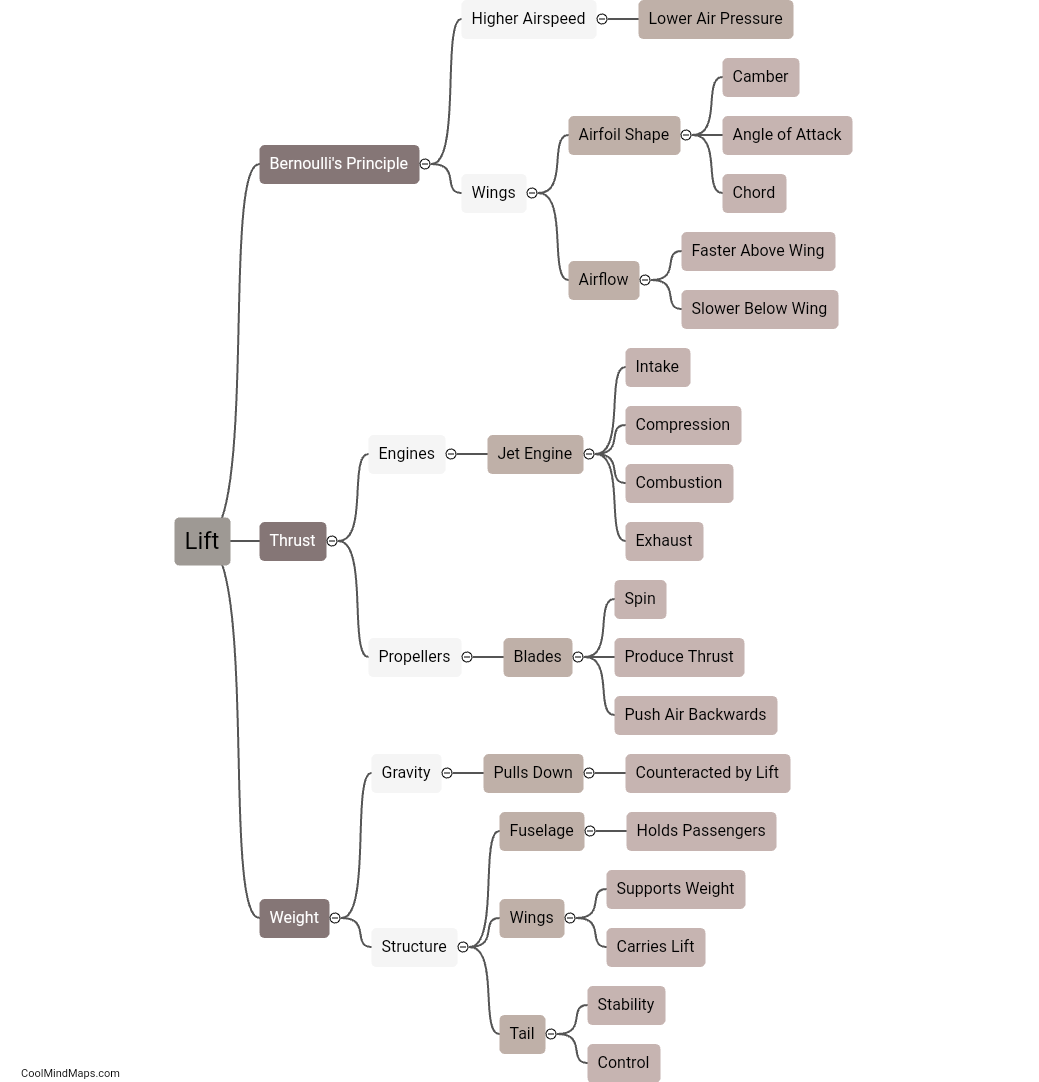
This mind map was published on 17 January 2024 and has been viewed 86 times.



